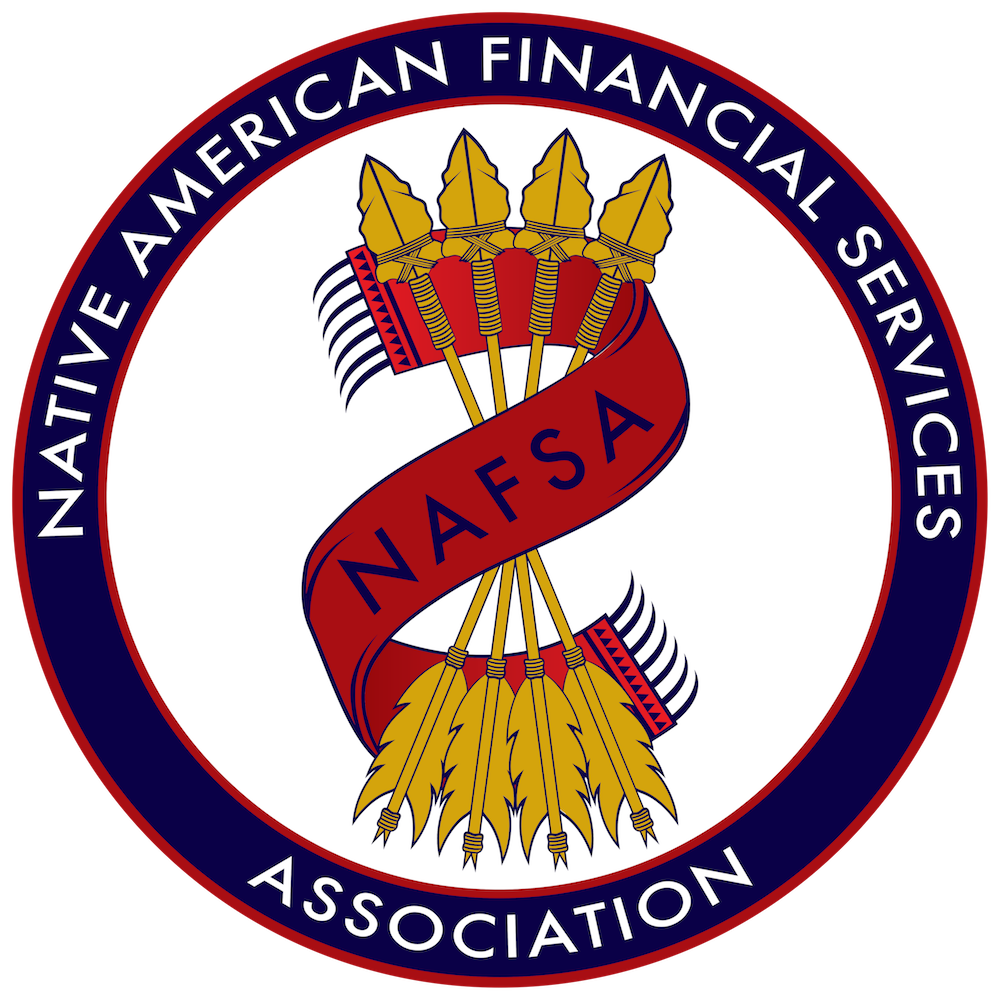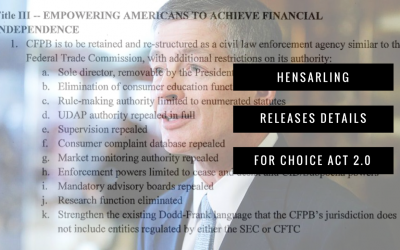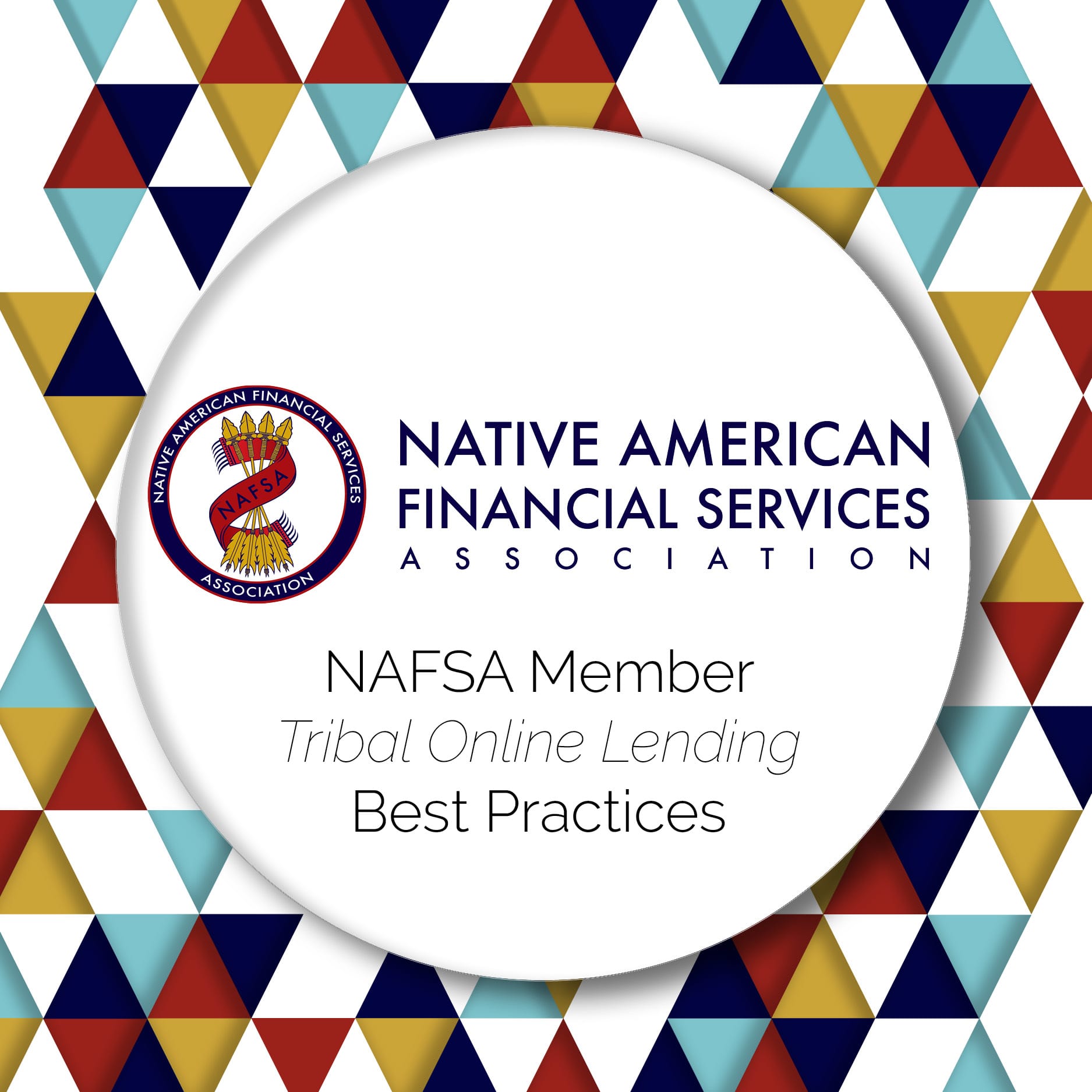The Latest Financial News
Bipartisan Coalition Reintroduces Glass-Steagall
A coalition of Republicans and Democrats are once again attempting to revive the provisions of the Glass-Steagall Act and create separation between commercial and investment banking activities. The Glass-Steagall Act, passed in 1933 in the midst of the Great...
FinTech Finds a Home in Britain (and Indian Country)
Deloitte, an international auditing, consulting and financial advisory firm, recently named London, England as a hub of the FinTech industry. Three of the top five hubs in the study, New York, Silicon Valley and Chicago, operate in the United States. The goal of the...
Hensarling Releases Details for CHOICE Act 2.0
Following up on a memo distributed in February, Rep. Jeb Hensarling (R- TX), Chairman of the House Financial Services Committee, released more information on a proposed bill to renovate the Dodd-Frank Act, dubbed CHOICE Act 2.0. In particular, CHOICE Act 2.0 proposes...
Featured Resources
Our Digital Financial Literacy Program
Too many consumers mismanage their budgets, make poor investment decisions, and fail to properly plan for the future. NAFSA is committed to empowering people with the skills they need to change this trend and thrive financially. NAFSA’s Financial Literacy Program offers an assortment of digital modules covering a wide variety of financial topics, including building emergency savings, mortgage education, and retirement planning.
Tribal Online Lending Best Practices
NAFSA has developed Best Practices for the exclusive use of all NAFSA Members as it relates to their Tribal Online Lending businesses. We believe these Best Practices will help ensure consumer protection, quality service, and positive customer and industry interactions during the life of the loans made by tribal lending entities who are NAFSA members. Our Best Practices apply to all stages of the loan, including marketing, origination, servicing, collecting, and ongoing data privacy.
The Impact of Tribal Financial Services
Coming from a history of staggering unemployment rates, limited opportunities, and lack of access to fundamental resources, Native American tribes began online lending businesses to create real change for the future. Internet commerce has been a vehicle for supporting economic growth, tribal services, and tribal development. These are their stories.
Why NAFSA?
There are more than 570 federally-recognized tribes in the United States, many of whom are spread across in diverse areas. This has left a need for other tribal economic development opportunities to create sustainability and jobs on Native American reservations.
Tribal Financial Services:
![]() Create jobs & economic development on tribal lands
Create jobs & economic development on tribal lands
![]() Increase the financial independence of tribes
Increase the financial independence of tribes
![]() Deploy sovereignty & bolster tribal self-determination
Deploy sovereignty & bolster tribal self-determination

Our Mission
To advocate for tribal sovereignty, promote responsible financial services, and provide better economic opportunity in Indian Country for the benefit of tribal communities.






